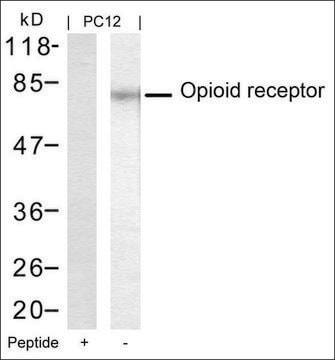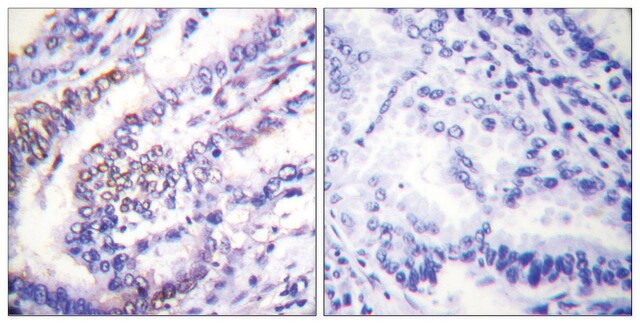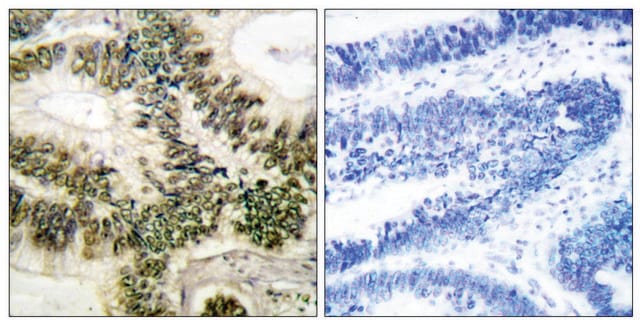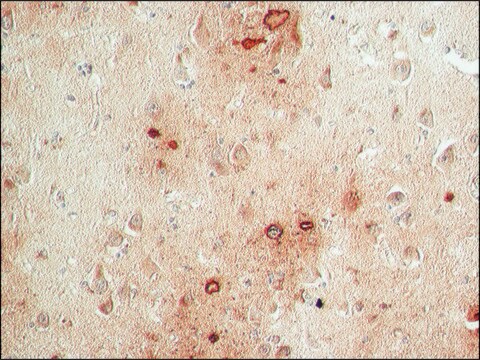SAB4200840
Anti-Pro LC3C antibody, Mouse monoclonal
clone BTY-1, purified from hybridoma cell culture Affinity isolated antibody
Sinónimos:
Autophagy-related protein LC3 C, Autophagy-related ubiquitin-like modifier LC3 C, MAP1 light chain 3-like protein 3, MAP1A/MAP1B LC3 C, MAP1A/MAP1B light chain 3 C, Microtubule-associated protein 1 light chain 3 gamma, Microtubule-associated proteins 1A/1B light chain 3C
About This Item
Productos recomendados
biological source
mouse
antibody product type
primary antibodies
clone
BTY-1, monoclonal
form
liquid
species reactivity
human
packaging
antibody small pack of 25 μL
concentration
~1 mg/mL
technique(s)
immunoblotting: 0.5-1 μg/mL using whole extracts of HEK-293T cells overexpressing human LC3C
isotype
IgG1
UniProt accession no.
shipped in
dry ice
storage temp.
−20°C
target post-translational modification
unmodified
Gene Information
human ... MAP1LC3C(440738)
Categorías relacionadas
General description
Specificity
Immunogen
Application
Biochem/physiol Actions
Physical form
Storage and Stability
Disclaimer
Not finding the right product?
Try our Herramienta de selección de productos.
Storage Class
10 - Combustible liquids
flash_point_f
Not applicable
flash_point_c
Not applicable
Certificados de análisis (COA)
Busque Certificados de análisis (COA) introduciendo el número de lote del producto. Los números de lote se encuentran en la etiqueta del producto después de las palabras «Lot» o «Batch»
¿Ya tiene este producto?
Encuentre la documentación para los productos que ha comprado recientemente en la Biblioteca de documentos.
Nuestro equipo de científicos tiene experiencia en todas las áreas de investigación: Ciencias de la vida, Ciencia de los materiales, Síntesis química, Cromatografía, Analítica y muchas otras.
Póngase en contacto con el Servicio técnico








